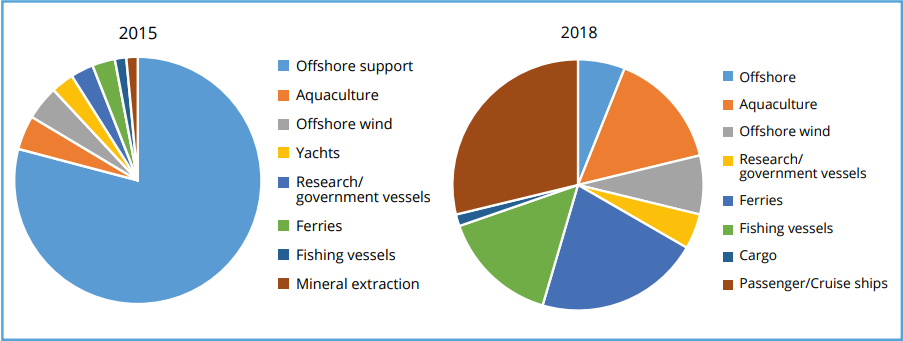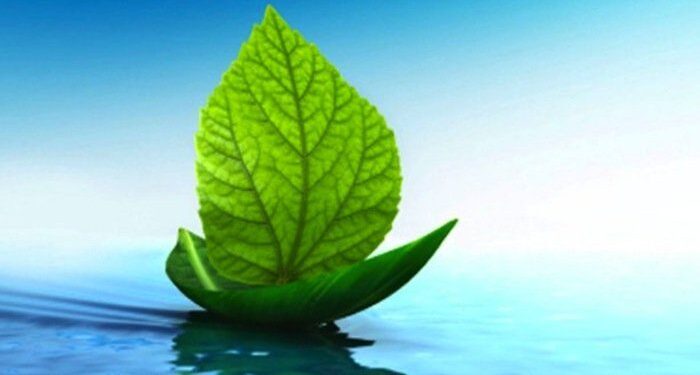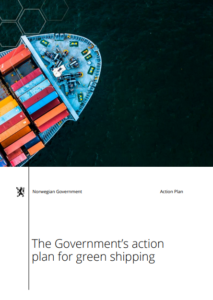The Norwegian government issued a report presenting its action plan for green shipping, saying that its maritime industry is a world leader in the development of low- and zero-emission solutions.
The Government aspires to reduce emissions from domestic shipping and fishing vessels by half by 2030 and promote the development of zero- and low-emission solutions for all vessel categories.
Despite the fact that the change will be challenging, it will provide opportunities for the maritime industry.
Today, in the path towards achieving a greener and more sustainable sector, Norwegian companies are winning many of the contracts for new, sustainable solutions, and thus building expertise along the entire value chain for green shipping.
The Action Plan aims to:
Consider possible measures and policy instruments for different categories of vessels: scheduled passenger vessels and ferries, cruise ships and international passenger ferries, cargo vessels, offshore support vessels, specialised vessels including aquaculture service vessels, fishing vessels and recreational craft. There are considerable differences between these categories in fleet structure and operating patterns. This means that different measures will be needed to encourage the phase-in of zero- and low-emission solutions for the different segments.
Norway is making great steps, as the launch of ferries with the electric propulsion systems has been driven by requirements included in public procurement processes combined with grants, for example from Enova and the NOx fund, for technology development and for building charging infrastructure.
Moreover, in Norway offshore support vessels are the 23% of the country’s domestic fleet. Therefore, the industry has already begun the process of phasing inn green technology.
The Government will consider the introduction of requirements to use zero- and low-emission solutions for new offshore support vessels to encourage more rapid phase-in than is being brought about by the carbon tax and existing grant schemes.

Additionally, the government will also think of introducing zero- and low-emission solutions for aquaculture service vessels.
The Government is also considering of increasing the use of biodiesel and biogas in order to decrease the emissions of domestic shipping by half by 2030.
The Ministry of Climate and Environment has asked the Norwegian Environment Agency, in cooperation with the Norwegian Maritime Authority, to review the possibility and consequences of introducing a biofuel quota obligation for sustainable biodiesel and biogas for shipping. To ensure that such an arrangement has global climate and environmental benefits, advanced biofuels should be used, based on feedstock such as biological residues and waste.
Autonomous vessels are seen as having various positive climate and environmental effects including improvements in energy efficiency and optimization of operations. The design of autonomous vessels can also be made more aero- and hydrodynamic to reduce wind and water resistance. In combination, these factors will allow autonomous vessels to be highly energy efficient and have low fuel consumption.
This will make it possible for example to electrify more ships, and they will be able to operate for longer distances using electric propulsion
… as the report highlights.
To explore more click on the PDF herebelow































































